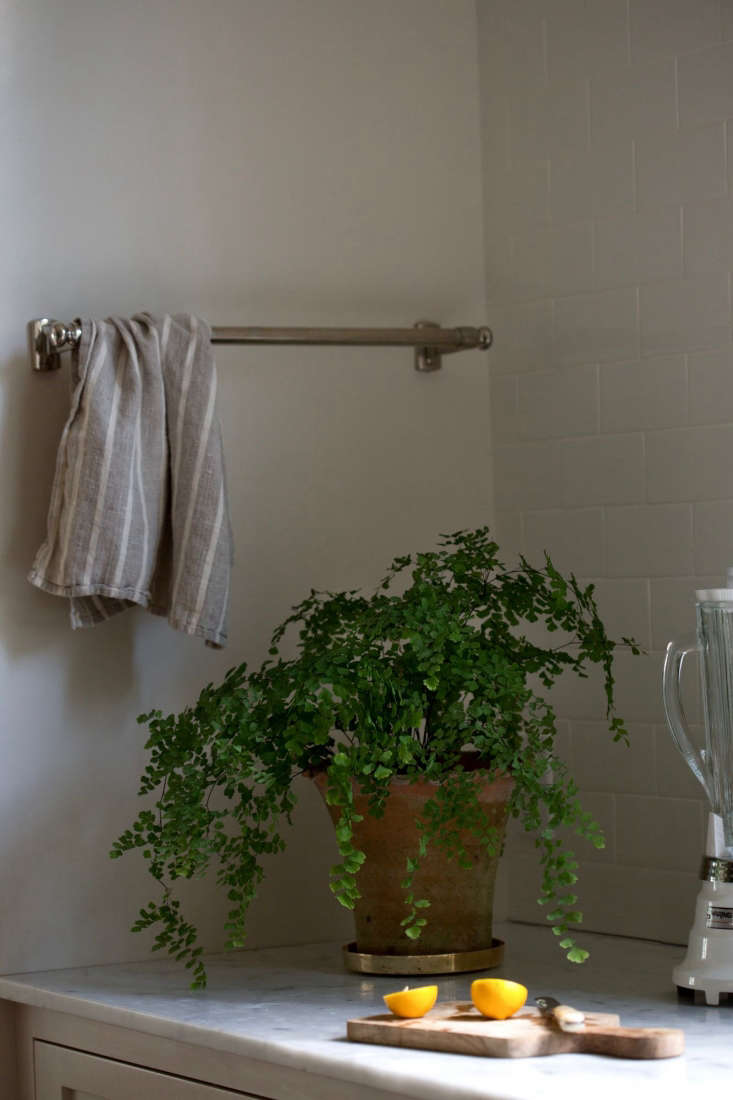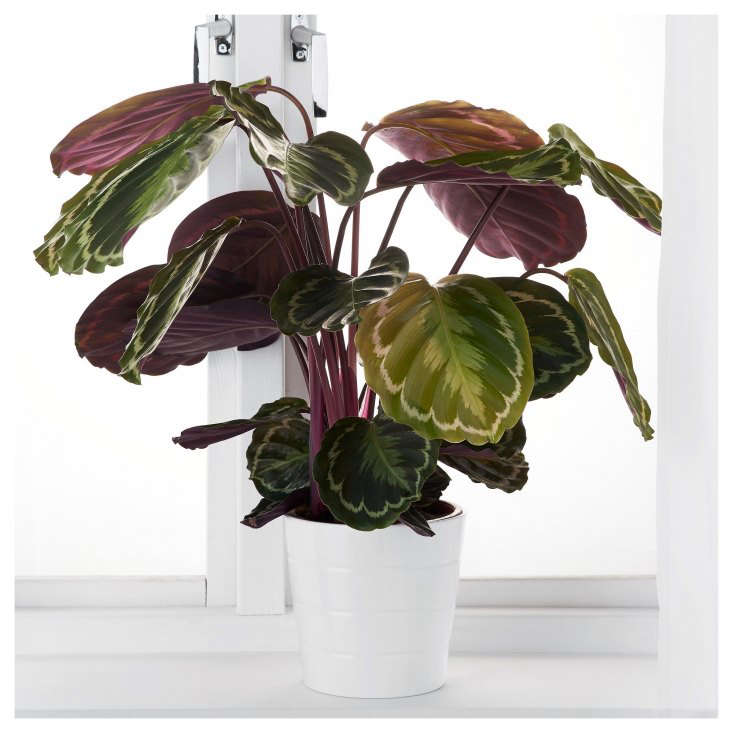How complicated could it be to keep a houseplant alive? (This is the question you ask yourself in the plant shop when you buy your first succulent, cactus, fern, or fiddle-leaf fig tree.)
Why didn’t anyone tell me how complicated it is to keep a houseplant alive? (This is the question you ask yourself a month later.)
We’re here to help. Here are 10 things nobody told you about houseplants, essential secrets to keeping your sanity despite the demands of your most finicky potted friends:
1. Buy plants in pairs.

See more tips in Houseplant Help: 5 Tips to Keep Finicky Begonia Rex Alive.
You can’t control your houseplant’s life before you buy it—and sometimes by the time you bring it home it’s already sick. It may be infested with tiny bugs. It may be suffering from root rot if it was over-watered. Or it just may be a finicky type, like Begonia rex.
Double your odds of success by buying houseplants in multiples of two. Worst-case scenario? They both thrive.
2. Some plants don’t crave sunshine.

Plenty of plants can thrive in a dark apartment. Many of them hail fro tropical climates or rainforests where they grow beneath other plants or tree canopies. For our list of favorites, see Best Houseplants: 9 Indoor Plants for Low Light.
3. A plant that drops all its leaves may still be healthy.

Some houseplants that grow from bulbs can go dormant for a season, dropping their leaves and dying back. Do not despair. Give it time—and move it out of sunlight to a spot where it can get some sleep.

4. A cactus likes cold weather.

See more in Easter Cactus: A Succulent with Springtime Flowers.
The conventional wisdom is that cacti like it hot because they come from the desert, where there is beating sun and baking temperatures. But those temperatures drop when the sun goes down and at night a desert can be quite cold. To keep your potted cactus happy indoors, put it in a sunny—but cool—spot.
5. Houseplants are allergic to dust.

“Unfortunately, the same dust that settles on your computer screen also settles on your plants and inhibits the leaves from properly photosynthesizing. Dusting houseplants can be accomplished with a damp cloth and some patience,” writes our contributor Erin Boyle. The solution is to dust leaves monthly, with a cloth or brush, or to rinse foliage with a damp sponge. To avoid damaging delicate plants, cradle a leaf in one hand to support it while wiping or brushing it.
Read more in Coddle Your Plants with a Devoted Leaf Brush.
6. Houseplant ailments can be contagious (to other plants).

After you use clippers, pruners, or hand trowels, clean the, with rubbing alcohol to sterilize them. That way you’ll avoid transferring bacteria or bugs from one houseplant to another. Read more in Goodbye, Fungus Gnats: Pest-Free Potting Soil.
7. Plants need babysitters.

Plants can’t water themselves. Make sure they’ll be taken care of when you’re not home. See our picks in 10 Easy Pieces Glass Watering Bulbs and 10 Easy Pieces: Terracotta Plant Nannies.
8. Houseplants would rather live outdoors than in.

There’s no such thing as a houseplant, after all—just outdoor plants forced into living indoors in pots. Some will put up with indoor conditions better than others but in general, all plants prefer higher humidity levels and increased circulation. When weather cooperates, bring them outside to soak up fresh air and dappled sunshine.
9. The best months to buy houseplants at Ikea are…

“Four times a year, Ikea puts new plant introductions as well as seasonal plants (poinsettias at Christmas, daffodils in spring, and so on) on the shelves: February, April, August, and October. So if you are looking for something new and different, and the freshest plants, these are the months to pay a visit,” writes our contributor Jane Perrone. Read more in An Insider’s Guide to Getting First Dibs on the Best Ikea Houseplants.
10. “Green” succulents are easier to grow than “gray” ones.

See more tips in From Flora Grubb Gardens: 9 Secrets to Growing Succulent Plants Indoors.
Don’t worry about winter—your houseplants will make it through the cold months with a little pampering. Read more tips:
- Succulents: 8 Tips to Help Your Favorite Indoor Plants Survive Winter
- Jamie’s Jungle: At Home with Houseplants in London
- Houseplants: A Field Guide to Planting, Care & Design
- Expert Advice: 10 Best Low-Maintenance Houseplants
- Houseplant Help: Is It OK to Reuse Potting Soil?
- 11 Ways to Keep Houseplants Happy in Winter









Have a Question or Comment About This Post?
Join the conversation